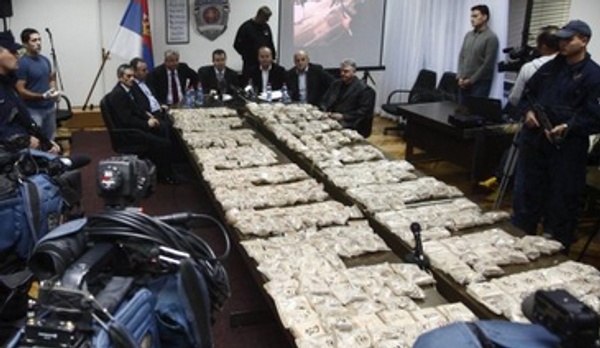The role of heroin in Serbian history
Whether it was transporting silk, spices, tobacco, or opium, for centuries, the Silk Road from the Far East towards European countries passed through Serbia. Read how heroin permeated the country and made the region a transport hub for illicit substances.
How it used to be
During the 1970s, injecting drug users in Belgrade and Serbia used opium originating in the former Yugoslavian Republic of Macedonia. Macedonia and Serbia were at the time part of the same country, Yugoslavia, so opium was transported without much trouble, satisfying 90 percent of the opiate drug market. The remaining 10 percent consisted of heroin reaching Belgrade in small quantities. Belgrade's heroin market grew slowly, since at that time there was no organised supply. Dealers were themselves users, and in many cases they were buying heroin in the Middle East and Asian countries. A smaller part of the market was covered by heroin coming from Kosovo. Albanians from Kosovo, with family connections in the Middle and Far East, were trying to organise their (at that time, rather poorly-developed) network of heroin distribution towards Western Europe. Heroin was transported to Yugoslavia from the Middle and Far East via Turkey and Bulgaria. It was then repackaged in Kosovo, to continue its journey towards Western Europe.
At that time, according to drug users, it was harder to arrange contacts with suppliers in Kosovo, due to ethnic and religious distrust, than with suppliers in the Middle East. Students from countries in the Middle East brought heroin to Belgrade for the first time. The street price at that time was 65 – 80 euro per gram.
Click here to read the full article.
Keep up-to-date with drug policy developments by subscribing to the IDPC Monthly Alert.
